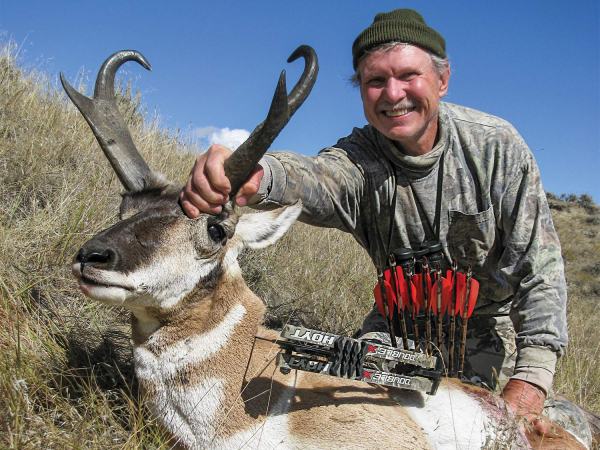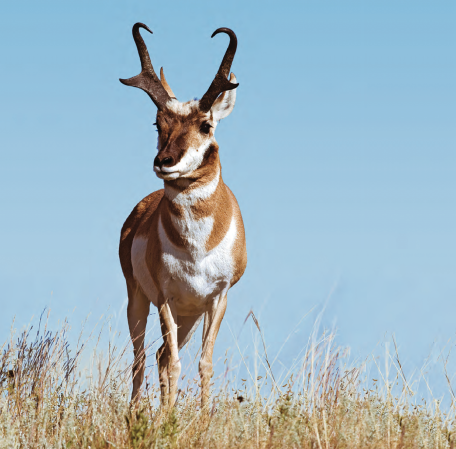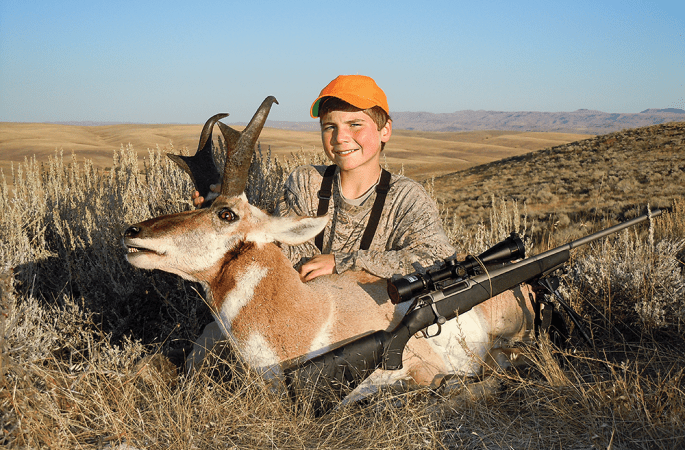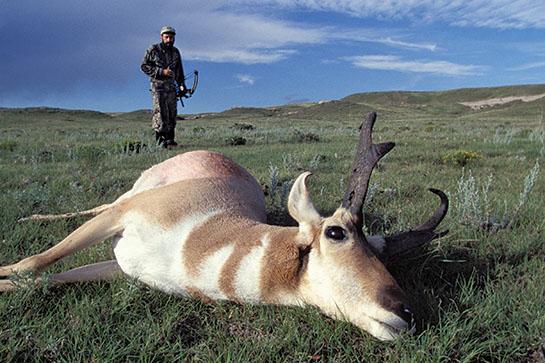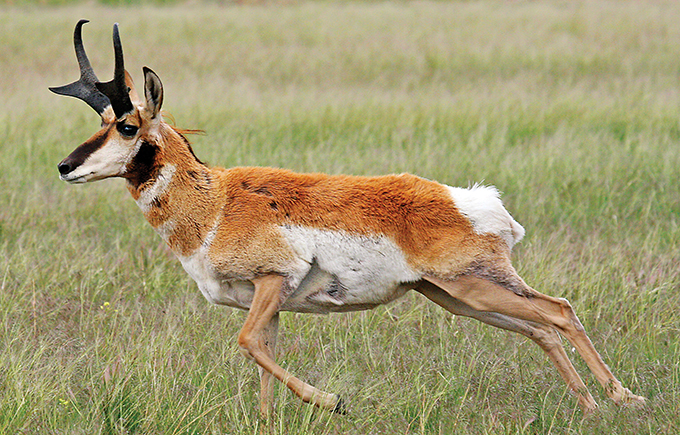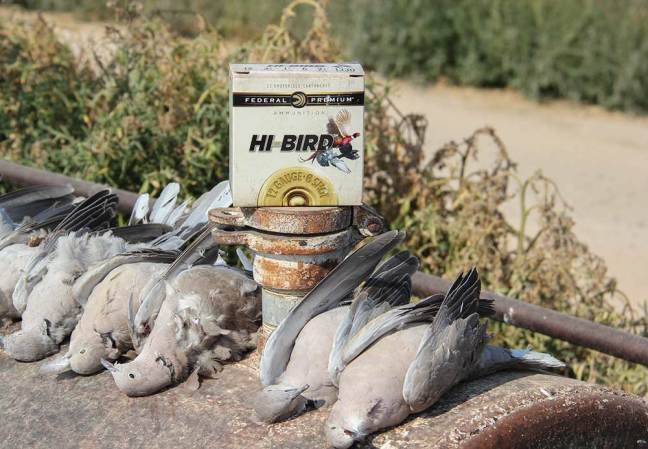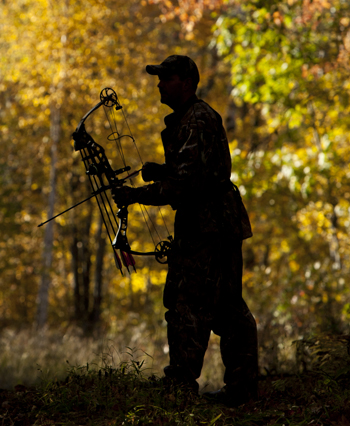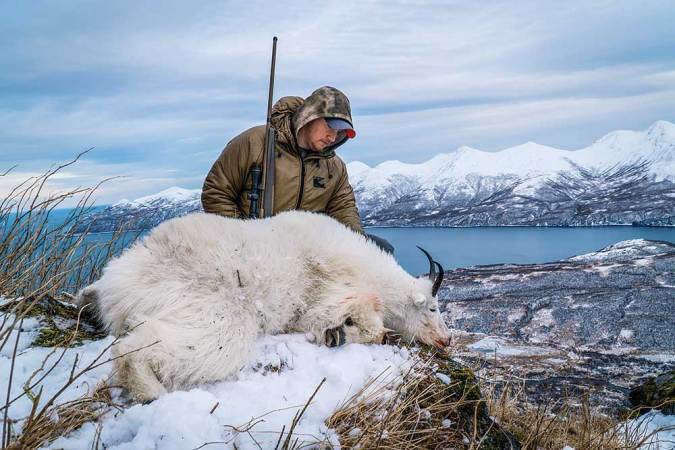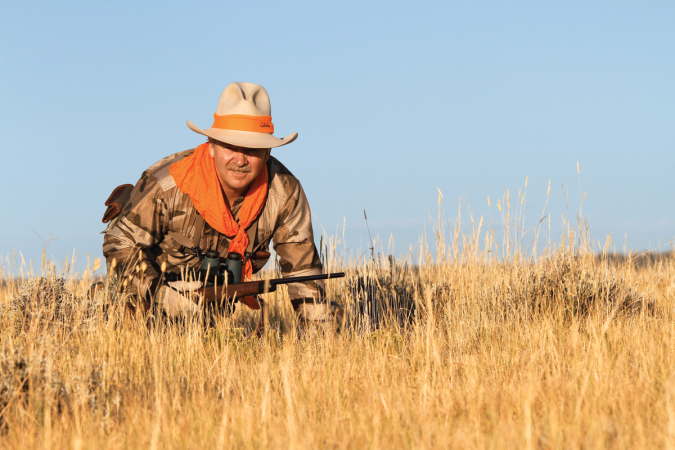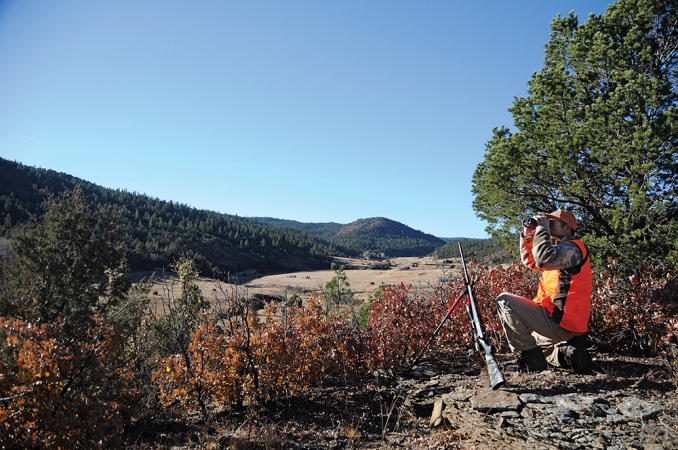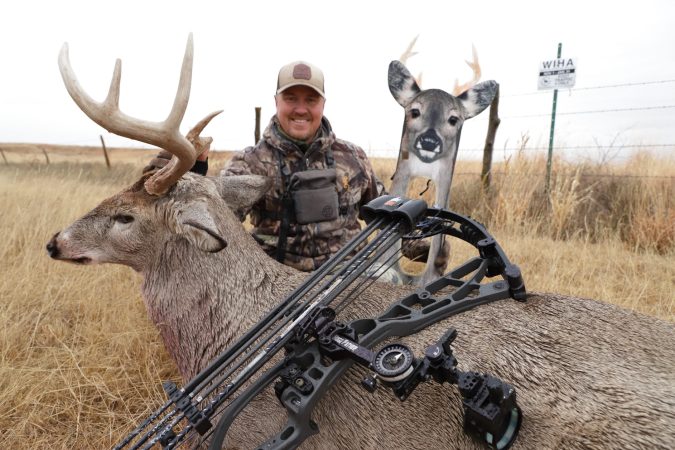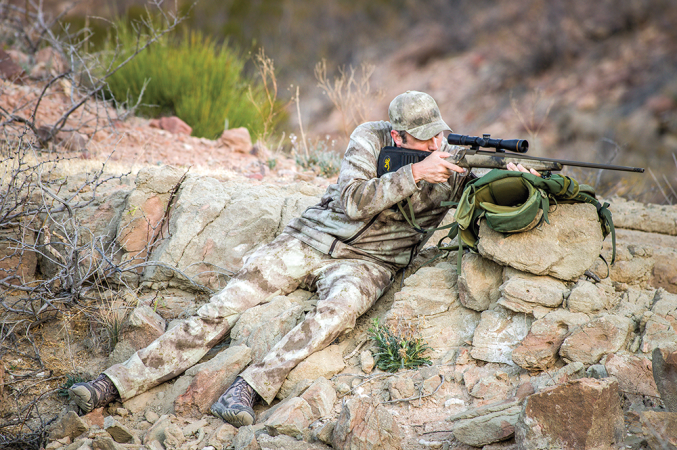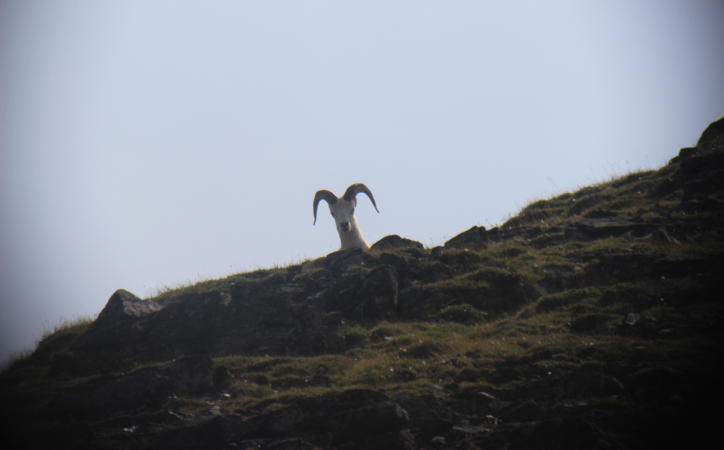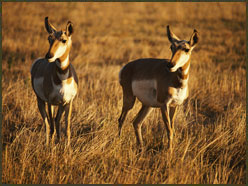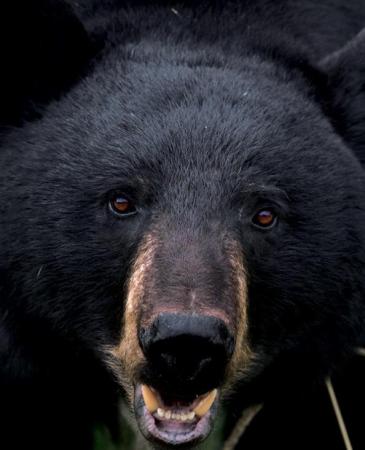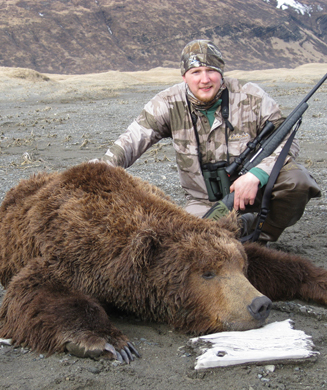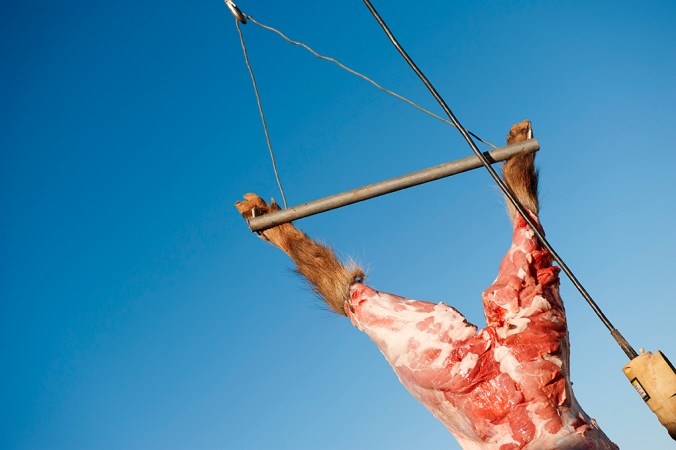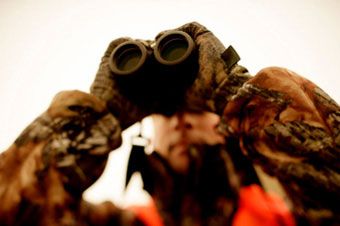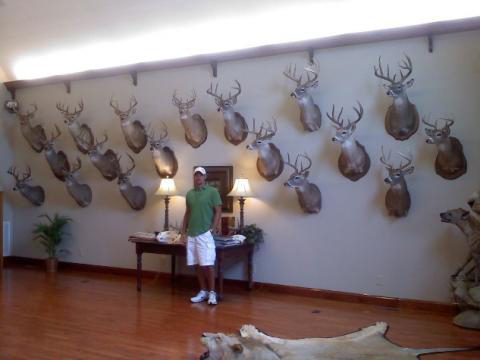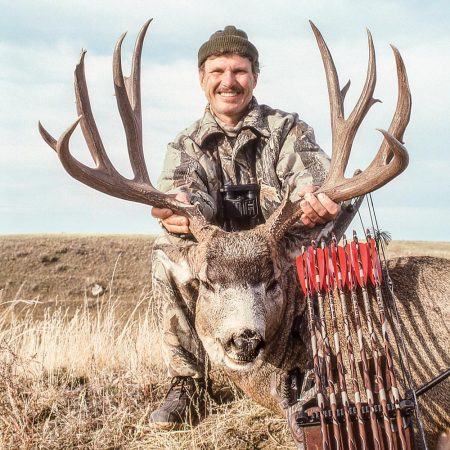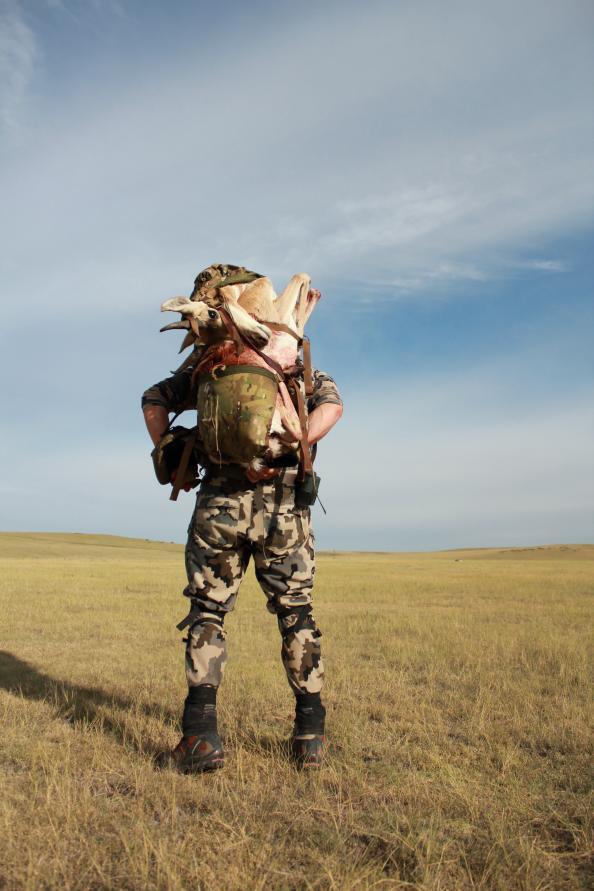
One of the first things you will find out in spot and stalk antelope hunting is that blown stalks are many and shot opportunities are few. My guess is that most hunters draw their bow on 1 out of every ten stalks. Now that doesn’t necessarily mean that you’ll get to release an arrow, it just means that you get the bow drawn!
These numbers can get even worse if you’re hunting OTC units on public land. The idea that each stalk is going to end with a downed animal is not very realistic. So start out judging your success by inches and not miles.
There are several reasons that make spot and stalk antelope hunting tough, but here is what I consider to be the top two. Antelope have 8-power vision and can reach speeds that exceed 60 MPH, so they can see you coming from a long ways out and can run to the next county in less than a minute. When you factor in the flat and treeless terrain they live in, you really have your work cut out for you.
Here are a few tips and tactics that will make your next spot and stalk antelope hunt a little less painless and a lot more enjoyable.
1) Since the chances of a 500-yard low crawl is in your future, make sure you bring kneepads, elbow pads and running gaitors. The knee and elbow pads are self-explanatory, but the running gaitors will help keep all the underbrush and spiky heads out of your socks.
2) Make sure you bring a high quality spotting scope, range finder and binoculars. The binoculars are going to be key when you make the actual approach and need to check that the animal is staying bedded and looking away. The spotter is going to be just as important when you are picking out the route to make your approach. You can miss a lot of dips and canals in the terrain with the bare eye that the spotter will help you pick them up.
3) The chances of getting a 20-yard shot when hunting on the ground are slim, so practice shooting out to the farthest distance you feel comfortable.
4) If you have the option of hunting with a partner, figure out hand signals ahead of time and have your partner help flag you in on longer stalks.
5) Here in Colorado, antelope archery season starts in mid August, so the temps will be hitting the mid 90’s during the day and dehydration will hit you quicker than you think, so keep a hydration bladder on your back at all times and pound down the water.
6) Try to use the most broken up camouflage pattern available. I suggest Cabelas Outfitter, Kuiu Vias and predator. Those seem to be the most affective in the wide-open country.
7) Unless you are able to ambush a moving buck, I always suggest stalking a buck that is bedded down and preferably facing away. This will allow you a little more freedom of movement and give you the opportunity to draw when the animal is looking away.
